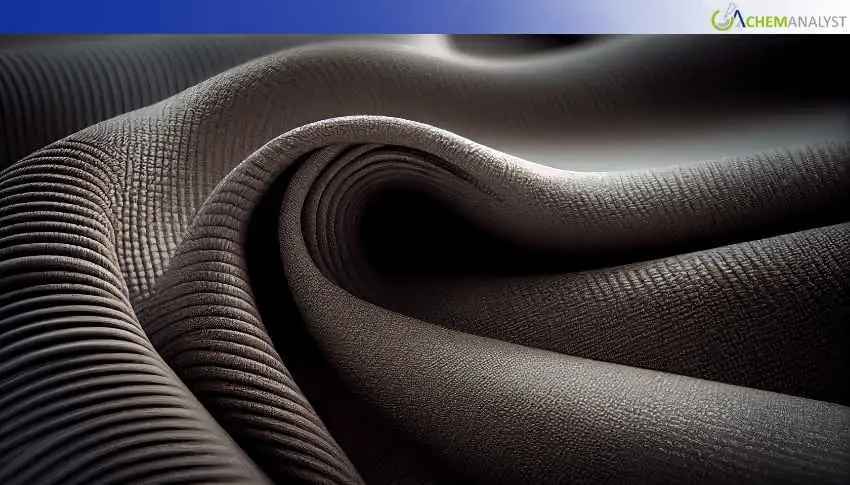Welcome To ChemAnalyst

During the first half of November 2025, Polyamide markets in China and Germany reflected contrasting yet interconnected dynamics. While prices have remained weak in China due to resilient supply meeting muted demand, Germany's market has held steady, buoyed by supply-demand balance despite broader industrial headwinds.
In China, the price of Polyamide (FOB Dalian) remained weak due to resilient supply and restrained demand. Domestic production was stable. Operating rates for Polyamide were stable, and adipic acid feedstock prices held flat, meaning that manufacturing costs for producers were predictable. Temporary disturbances in logistics at eastern ports because of strong winds extended lead times by some days but did not materially dent supply.
Demand was weak as converters bought only as much as needed on immediate requirements, despite robust sales of new energy vehicles. Output rose 33.1% year-on-year to 13.02 million units’ year to date, sales grew 32.7% year-on-year. However, this translated into only a modest increase in demand for Polyamide, with buyers moving into short cycle trades and cautious sourcing.
Export demand signals were mixed: Indian auto sales surged, up from the same period last year, while Japan and South Korea recorded year-on-year declines, which offset gains and maintained net resin pull weak. Overall, ample supply met restrained demand to sustain a balanced pricing environment.
Prices for German Polyamide, DDP Hamburg were flat in response to balanced supply and demand. Domestic production proceeded without incident, underpinned by flat adipic acid prices that enabled Polyamide producers to avoid margin erosion. Imports from Asia augmented supply to create availability over and above demand—a factor consolidating stability. German manufacturing output as a whole moved into contraction, while trade uncertainties and global competition prompted caution among Polyamide producers.
Demand was stable, as passenger car registrations rose 6.2% month-on-month to support baseline requirements. Export demand from Poland provided some marginal relief, as vehicle sales there jumped 6.66% month-on-month to 59,259 units. But weak industrial sentiment and competition from cheap imports overseas capped upside—forcing buyers onto the sidelines and sellers to focus on cash flow. This balance of adequate supply against constrained demand locked in price stability for Polyamide through the period.
In the future, cautious downstream activities and macroeconomic uncertainty are predicted to continue to put pressure on the Polyamide markets in both China and Germany. Consumption in China may continue to be impacted by robust supply and weak export demand, with NEV expansion providing little assistance. Although negative industrial sentiment and competitive imports will put margins at risk, Germany's equilibrium may be maintained by steady supply conditions and moderate automobile activity.
We use cookies to deliver the best possible experience on our website. To learn more, visit our Privacy Policy. By continuing to use this site or by closing this box, you consent to our use of cookies. More info.
